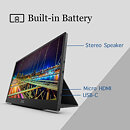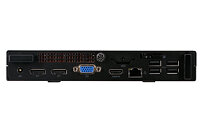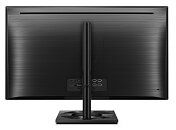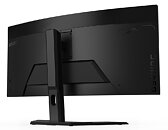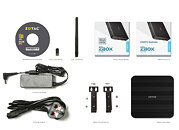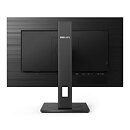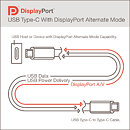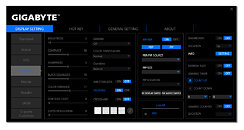
NVIDIA Quietly Relaxes Certification Requirements for NVIDIA G-SYNC Ultimate Badge
UPDATED January 19th 2021: NVIDIA in a statement to Overclock3D had this to say on the issue:
Late last year we updated G-SYNC ULTIMATE to include new display technologies such as OLED and edge-lit LCDs.NVIDIA has silently updated their NVIDIA G-SYNC Ultimate requirements compared to their initial assertion. Born as a spin-off from NVIDIA's G-SYNC program, whose requirements have also been laxed compared to their initial requirements for a custom and expensive G-SYNC module that had to be incorporated in monitor designs, the G-SYNC Ultimate badge is supposed to denote the best of the best in the realm of PC monitors: PC monitors that feature NVIDIA's proprietary G-SYNC module and HDR 1000, VESA-certified panels. This is opposed to NVIDIA's current G-SYNC Compatible (which enables monitors sans the G-SYNC module but with support for VESA's VRR standard to feature variable refresh rates) and G-SYNC (for monitors that only feature G-SYNC modules but may be lax in their HDR support) programs.
All G-SYNC Ultimate displays are powered by advanced NVIDIA G-SYNC processors to deliver a fantastic gaming experience including lifelike HDR, stunning contract, cinematic colour and ultra-low latency gameplay. While the original G-SYNC Ultimate displays were 1000 nits with FALD, the newest displays, like OLED, deliver infinite contrast with only 600-700 nits, and advanced multi-zone edge-lit displays offer remarkable contrast with 600-700 nits. G-SYNC Ultimate was never defined by nits alone nor did it require a VESA DisplayHDR1000 certification. Regular G-SYNC displays are also powered by NVIDIA G-SYNC processors as well.
The ACER X34 S monitor was erroneously listed as G-SYNC ULTIMATE on the NVIDIA web site. It should be listed as "G-SYNC" and the web page is being corrected.























